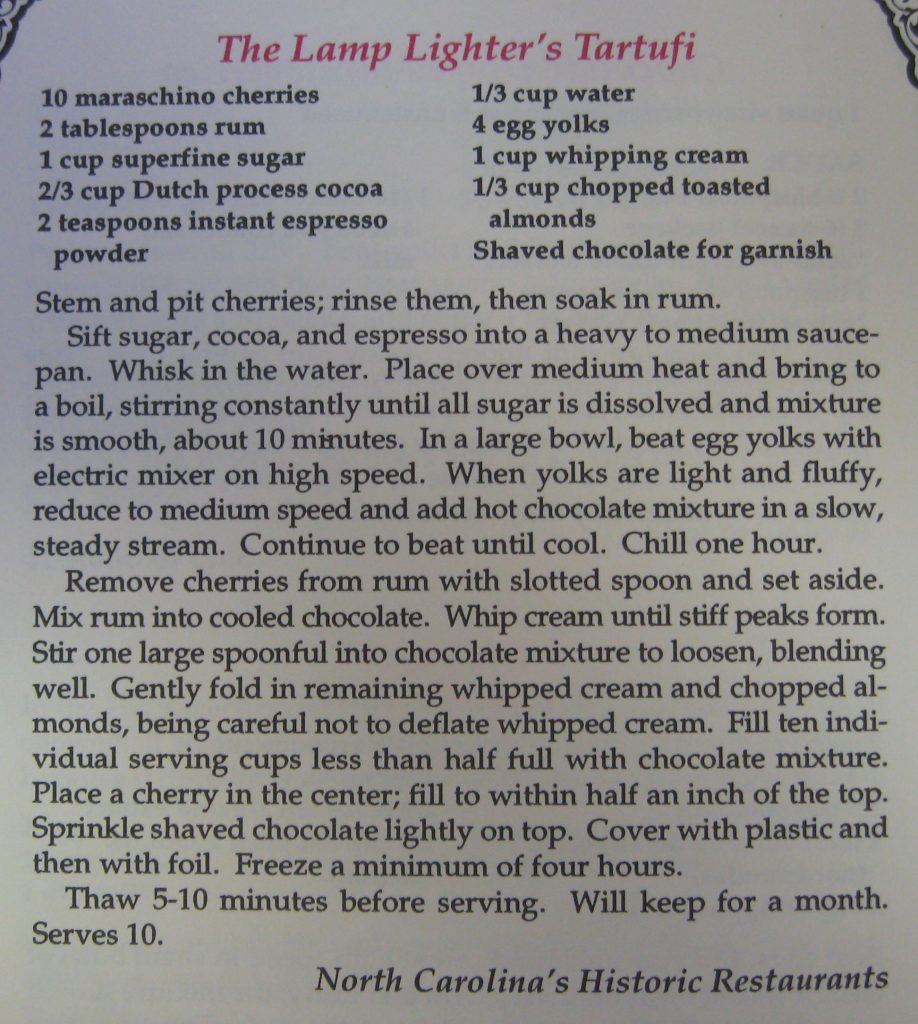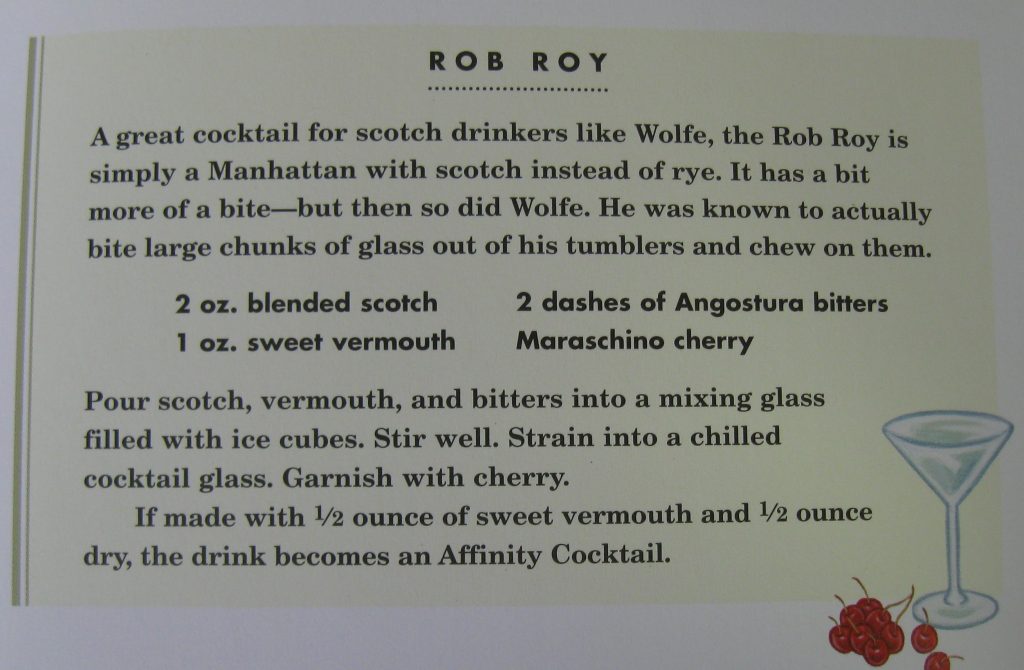“Perhaps [no populist politician in the South and West] used barbecue more effectively than Eugene Talmadge, who served three terms as governor of Georgia….
“In 1932 he kicked off his first campaign with a rally in his hometown of McRae. Local farmers donated over 10,000 pounds of pigs and goats, and they were cooked over a shallow pit by Norman Graham, the ‘Barbecue King of Telfair County’…. Talmadge staged similar barbecues in most of Georgia’s rural counties. ‘We didn’t carry any counties with streetcars running in them,’ he later noted, but he won the election handily.
“During Talmadge’s reelection bids, ‘the Tree-Climbing Haggards of Danielsville’ became a regular part of the barbecues. The elder Haggard and his eight sons dressed like Gene Talmadge in black suits, wide-brimmed hats and red suspenders. They climbed to the top of tall pine trees around the barbecue grove and shouted down scripted cues like, ‘Tell us about the schoolteachers, Gene!’ and ‘Tell us about the old folks!’
“One afternoon a Haggard boy ate a little too much barbecue at the previous campaign stop and dozed off. He tumbled through the pine branches to the ground, bringing Talmadge’s speech to a crashing halt and demonstrating the perils of too much political barbecue.”
— From “Eugene Talmadge and the Art of Political Barbecue” by Robert Moss (southernfoodways.blogspot.com, Sept. 11)
Of course, North Carolina has its own history of “the perils of too much political barbecue” — or at least the perils of complaining about it.







